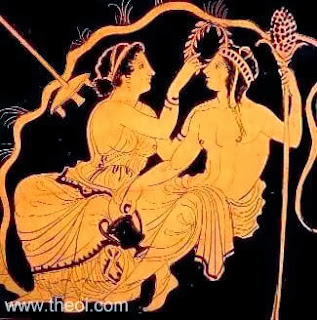 |
| Medusa, by Caravaggio (1595) |
“Stheno, this is a tragedy that has consequences beyond these deaths. Poseidon’s head priest of his Athenian temple has been killed on his own feast day. Rape or not, no priestess of Athena can have ever been with a man, or even a god. You must leave as quickly as you can."
~Excerpt from Medusa

























